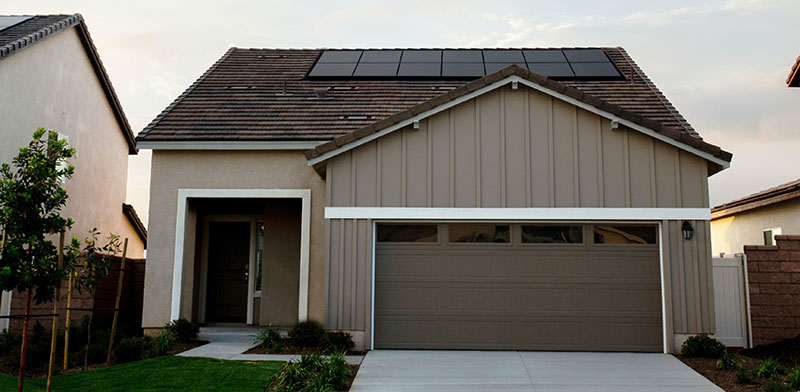Advertisement
From having the best smart garage door opener to ensuring a modern and sleek architectural design, you want to have a garage that will define your home. Here are a few tips to get you started on the process of designing and building your ideal garage:
1. Plan for Your Space
The first step is to take measurements of your garage space and draw up a floor plan. This will give you a better understanding of the size and dimensions you have to work with.
There are a few things you should keep in mind when planning your space. They include:
- The size of your vehicles: The last thing you want is to not have enough room to fit your car or truck inside your garage. Measure the length and width of your vehicles, and make sure you have at least a few feet of space on all sides.
- Storage: Do you need extra storage space in your garage? If so, make sure to plan for this when designing your space. You can add shelving, cabinets, or even a loft to store seasonal items or tools.
- Work area: If you plan on using your garage as a workspace, make sure to leave enough room for a workbench or table. You’ll also need to ensure there is adequate lighting so you can see what you’re doing.
2. Attached vs. Detached
One of the first decisions you’ll need to make when designing your garage is whether you want it to be attached or detached from your home.
An attached garage is more convenient as you’ll be able to access it from inside your home. However, it will cost more to build as you’ll need to factor in the cost of connecting it to your home’s electricity and plumbing.
A detached garage gives you more flexibility with the design and layout. It’s also a good option if you don’t have the extra space to build an attached garage. However, you will need to factor in the cost of running electricity and plumbing to the detached garage.
The choice will depend on an array of factors, including your budget, the size of your property, and your personal preferences.
3. Consider the Foundation
The foundation is one of the most important aspects of your garage. It needs to be able to support the weight of your garage and everything inside it.
There are a few different foundation options to choose from, including:
- Concrete Slab: A concrete slab is a popular choice for garages as it’s durable and relatively easy to install.
- Pier and Beam: Pier and beam foundations are typically used for detached garages. They’re more difficult to install but offer more flexibility when it comes to the design of your garage.
4. Plan The Stairs
If your garage is going to be attached to your home, you’ll need to plan for a way to get from the main level of your home to the garage. Therefore, ensure you include stairs in your design.
When planning the stairs, the height of the risers and depth of the treads should be in accordance with local building codes. You’ll also want to make sure there is enough headroom so people can safely walk up and down the stairs.
5. Choose the Right Orientation
The best garage is one that faces away from the streets. Therefore, an east-west orientation is typically the best option.
This will protect your garage from the afternoon sun and help keep it cooler in the summer months. It will also provide more privacy as people won’t be able to see into your garage from the street.
By following these tips, you’ll be well on your way to designing and building your ideal garage. Just remember to take your time, do your research and consult with a professional if needed.

